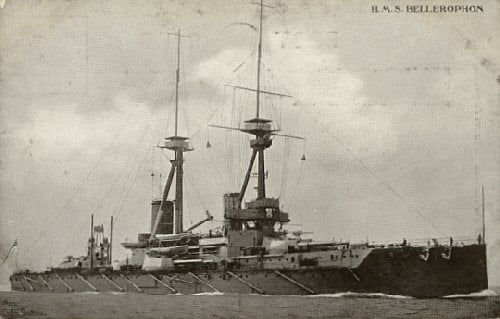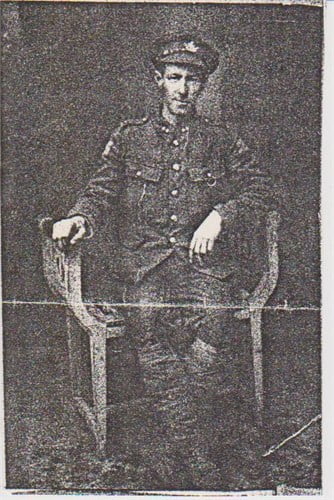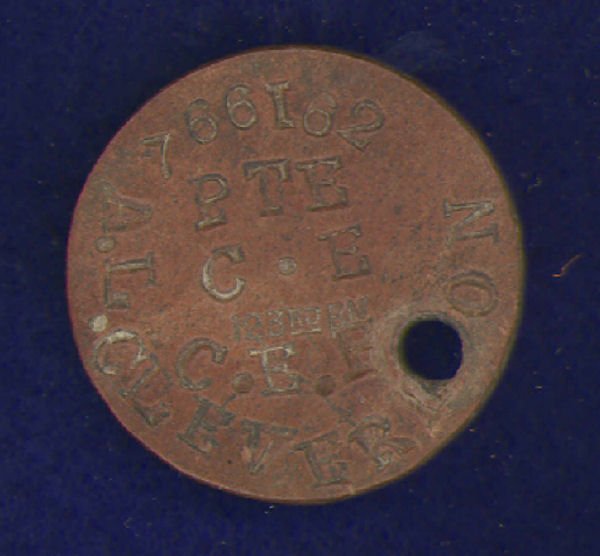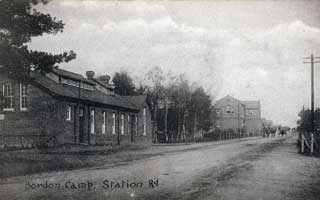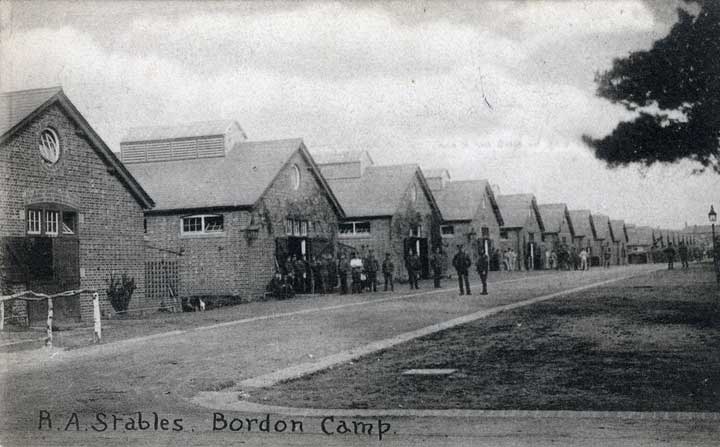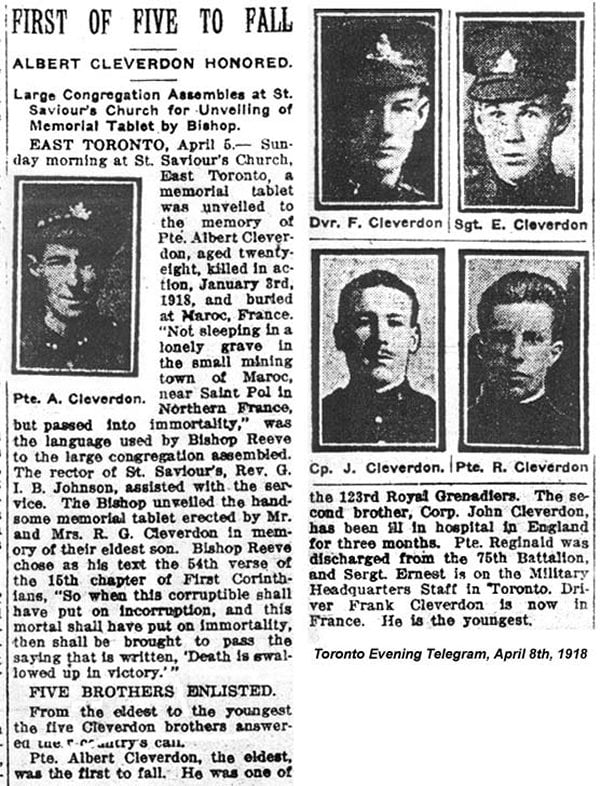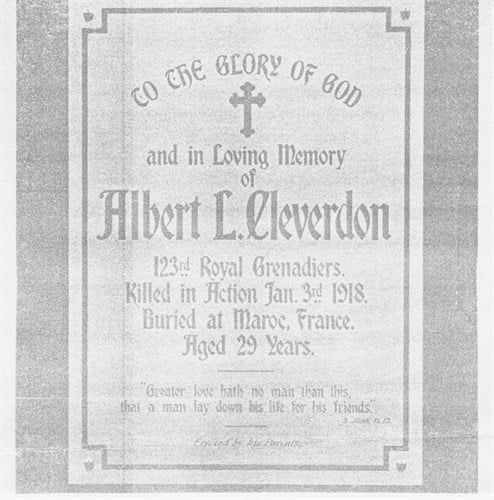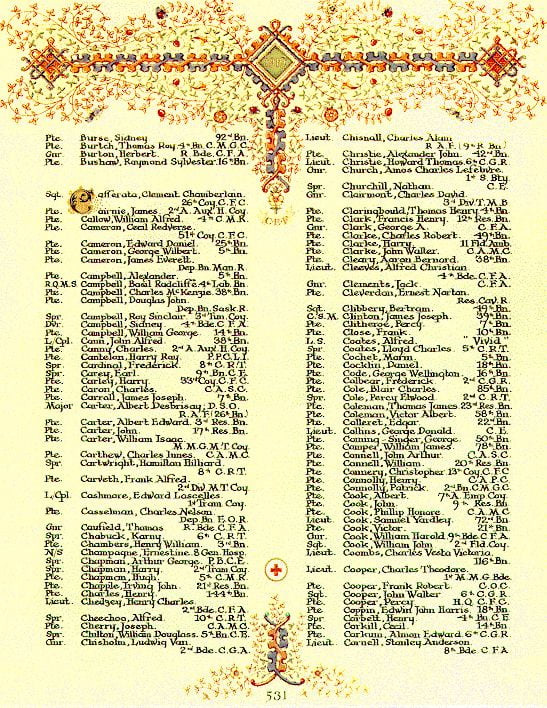The 1901 Census for Canada shows us that the Cleverdon family was living in East York, Toronto. Head of the family was Robert aged 35 who had been born on the16th July 1866 of English origin. He was a Conductor for the Railroad. His wife Kate was 35 and had been born on the 15th November 1865 of Irish origin. Their listed children were Albert 13 ( born on the 20th January 1887), John 8 (born 22nd April 1893), Reginald 7 (born on the 7th July 1896), Ernest 3 (born 9th August 1897) and Frank 1 (born on the 3rd April 1899).
The 1911 Census reveals that the Cleverdon family was living at 43 Swaimmin St. South York, Toronto. There had been some additions to the family in the form of three daughters Ethel was 7 (born in September 1903), Catherine 5 (born May 1906) and Olive 1 (born July 1910). All the Cleverdon’s sons were still at home, the older sons having employment. Albert was a Cutter working in a Factory, John, a Clerk b and Reginald, a Plumber.
Ernest Norton Cleverdon’s army records tell us that he enlisted into the Canadian Reserve Cavalry Regiment on 11th November 1917 in Toronto Canada. He gave his trade as Stenographer and his next of kin as Mrs Kate Cleverdon (Mother).
After training in Canada, Ernest spent some time on the Military Headquarters staff in Toronto where the records show he had the misfortune to be kicked by a horse while at Stanley Barracks. Ernestset sail for England on board the S.S. Bellerophon and arrived on 15th August 1918 and was posted to Seacliffe Camp. He remained at Seacliffe Camp until 28th November 1918 when he was transferred to Borden Camp in Hampshire then onto Kinmel Camp in Rhyl when hostilities were coming to a close. Sadly he contracted Pneumonia and died at the 9th General Hospital, Kinmel Camp at 6am on 18th February 1919(From Library and Archives of Canada Service Files of 1st WW 1914-1918).
Kinmel Park Camp was a segregation camp used to house Canadian Soldiers awaiting repatriation to Canada after the end of WW1. Unfortunately the conditions at that time were extremely harsh with a lack of every kind of commodity, the camp was overcrowded and the services were poor, there were shortages of clothing, food and blankets. As a result of this situation, a vast number of servicemen and women became ill and many succumbed to the Influenza Epidemic or complications associated with this infection.
Ernest was buried at St. Margaret’s Cemetery, Bodelwyddan.
He is commemorated on the Canadian Virtual War Memorial.
Ernest’s five brothers all served in WW1.


